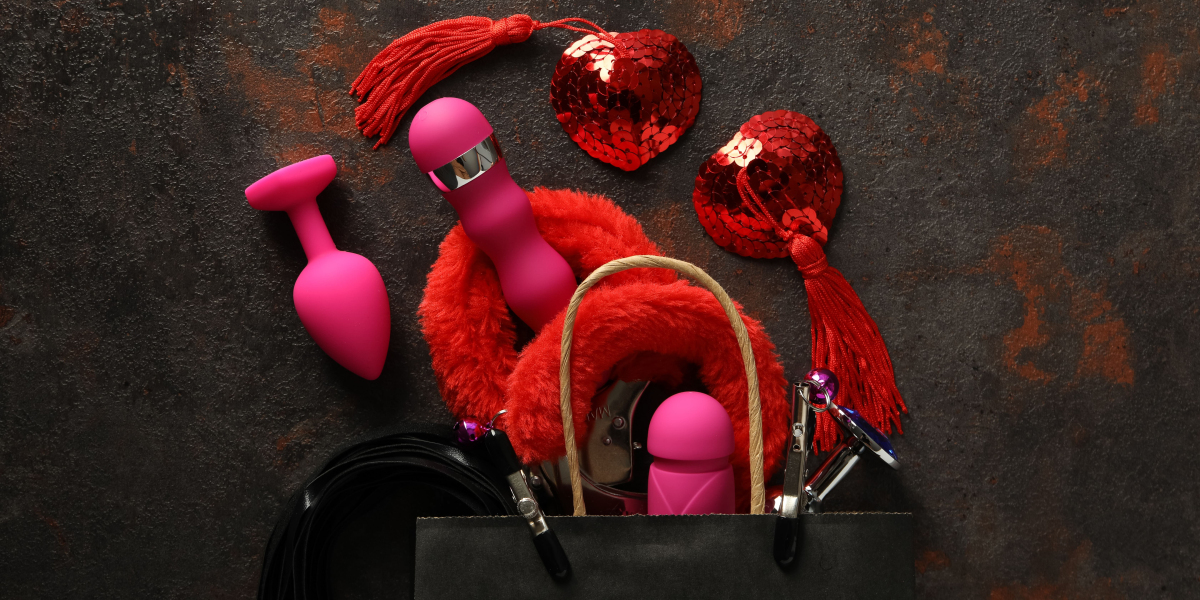Unlock the Secrets: Fix Your Swimming Pool Pump Like a Pro!
Owning a swimming pool can be a refreshing escape during hot summer days, but maintaining a functional swimming pool pump is critical for its cleanliness and safety. A well-functioning pump circulates water, preventing stagnation and keeping your pool crystal clear. However, like any mechanical system, swimming pool pumps can encounter problems that might lead to poor performance or even failure. It's essential to be aware of these common issues and to know how to address them effectively. This article aims to empower you with the knowledge needed to diagnose and repair typical swimming pool pump problems, ensuring your pool remains a delightful oasis all season long.

Common Swimming Pool Pump Issues
Swimming pool pumps can experience a variety of issues that can disrupt their operation. One of the most common problems is leaks, which may occur due to worn seals or damaged connections. These leaks can lead to decreased efficiency and increased water bills, so it’s crucial to address them promptly. Another frequent issue is unusual noises, which can indicate problems with the motor or impeller. Sounds like grinding or humming may signal that the pump is struggling, possibly due to a blockage or mechanical failure. Additionally, reduced water flow can be a significant concern, often stemming from clogged filters or air leaks in the system. Each of these problems can affect the overall performance of your swimming pool, making it essential to recognize and address them as soon as they arise.
Diagnosing the Problem
To effectively diagnose issues with your swimming pool pump, start by observing any changes in performance. Begin with a visual inspection; look for visible leaks around the pump and check hoses for cracks or wear. Listen closely to the pump while it's operating—pay attention to any unfamiliar sounds that could indicate trouble. If you notice a decrease in water flow, check the skimmer and pump baskets for debris and clean them if necessary. Additionally, assess the pressure gauge; a reading that is significantly lower or higher than usual can indicate underlying problems. By systematically evaluating these factors, you can gain insights into the severity of the issue and whether it requires immediate attention or can wait for a scheduled repair.
Repair Techniques
Once you've diagnosed the problem, you can begin to address it with various repair techniques. For minor leaks, tightening fittings and replacing worn seals can often solve the issue. If you’re facing unusual noises, check for obstructions in the impeller or ensure that the pump is properly mounted and secured. In cases of reduced water flow, cleaning or replacing the filter is a common solution. Always remember to power off the pump and disconnect it from any electrical source before performing any repairs. Essential tools you may need include pliers, screwdrivers, a multimeter for electrical issues, and a wet/dry vacuum for clearing blockages. Moreover, ensure you wear safety gear such as gloves and goggles to protect yourself during the repair process.
Replacing Pump Parts
Knowing when to replace pump parts is crucial for maintaining a functional swimming pool system. Common components that may require replacement include seals, o-rings, and impellers. Signs that a part needs replacing often include persistent leaks or a noticeable decline in performance. To replace a seal, first, remove the pump cover and unscrew the existing seal. Clean the area thoroughly, then install the new seal carefully, ensuring it fits snugly to prevent future leaks. For impeller replacement, disconnect the pump from power, remove the cover, and unscrew the impeller. Once removed, install the new impeller, ensuring it aligns correctly, then reassemble the pump. Regular checks can save you from more extensive repairs down the line, so make this part of your routine maintenance.
Ensuring Optimal Pool Pump Performance
In conclusion, understanding common swimming pool pump issues and knowing how to address them can prevent minor problems from escalating into costly repairs. Regular maintenance, including checking for leaks, cleaning filters, and listening for unusual sounds, is essential for the longevity of your pool pump. By taking a proactive approach to repairs and utilizing the techniques discussed, you can ensure your swimming pool remains a safe and enjoyable space. Don't hesitate to apply the knowledge gained from this article—your pool will thank you for it!







